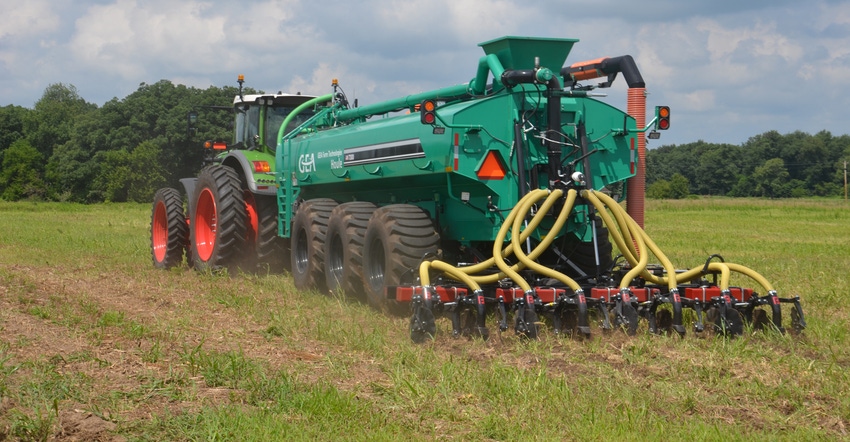July 10, 2020

Many dairy and beef operations in Indiana use corn silage. According to USDA’s National Agricultural Statistics Service, about 110,000 acres were harvested for silage in Indiana in 2019. This may seem like a small amount of crop ground compared to the millions of acres planted in the state, but it’s vital for those livestock farms. It’s also one of the best opportunities to incorporate cover crops into the crop rotation, since there is a wide seeding window from late summer to early fall to establish good growth before freezing temperatures arrive.
Silage leaves very little residue in the field. The soil is bare and susceptible to erosion until the next year’s crop is planted. It also means there is very little material to be added back as organic matter. If a field is in continuous corn silage without other crops in the rotation, this cycle of bare soil with little cover will result in a loss of productivity and an increase in nutrient inputs needed to sustain desired yield over time.
Cover crops protect the soil against erosion and help break up soil compaction, add organic matter, and scavenge left over nutrients, keeping them from washing or leaching away. Keep in mind, however, the cover crop needs to begin to decompose before nutrients are available. Nitrogen may be tied up until later in the growing season. If a field is in continuous corn silage production, starter fertilizer will likely be needed to fill the early-season gap.
Works with manure
Cover crops after silage are especially beneficial when manure applications are planned. Cover crops help keep nutrients in the field where they were spread. Manure can be applied to an already growing cover crop, or a cover crop can be seeded after manure application. A growing cover crop will scavenge available nutrients from the manure more quickly, minimizing chances of runoff. When applying liquid manure into an established cover crop, use no-till or low-disturbance injectors to minimize cover crop disturbance.
Surface applications of liquid or solid manure can be followed immediately by equipment with a cover crop seeder to lightly incorporate both the manure and seed in one pass. Another option is to seed during the manure application by adding cover crops directly to the slurry in the spreader.
Because of the earlier planting window, cover crops will grow more biomass, which can supply additional fall or spring forage or haylage. Cereal rye, barley and triticale are options.
However, if building organic matter is your main goal, harvesting the cover crop may not have the desired effect, but will continue to provide benefits such as erosion protection and nutrient scavenging. Harvesting the cover crop might act as the termination method, depending on timing and growth stage. Alternative termination methods such as herbicide or tillage should be accounted for in the cover crop plan.
Keep in mind, if you’re new to cover crops, there are many aspects to include in your cover crop plan. Species selection, seed quality, establishment method and termination method are all important. With a comprehensive plan, silage ground is a great place to try them out and see what works for your operation. Start with a field or two and see how you like the results.
Kautz is a district conservationist with the Natural Resources Conservation Service. She writes on behalf of the Indiana Conservation Partenrship.
You May Also Like




